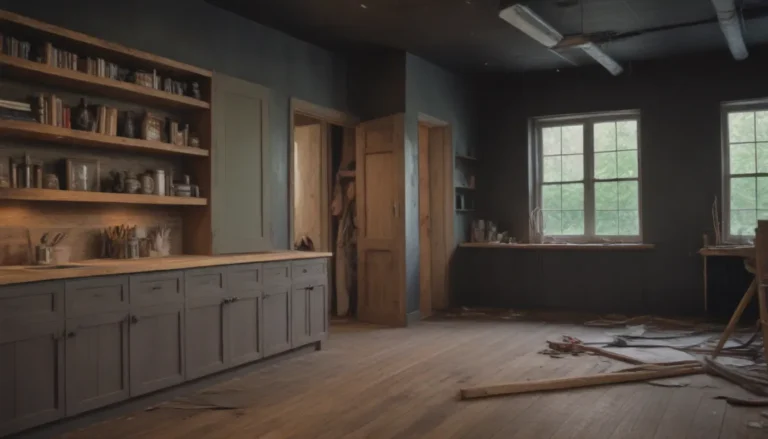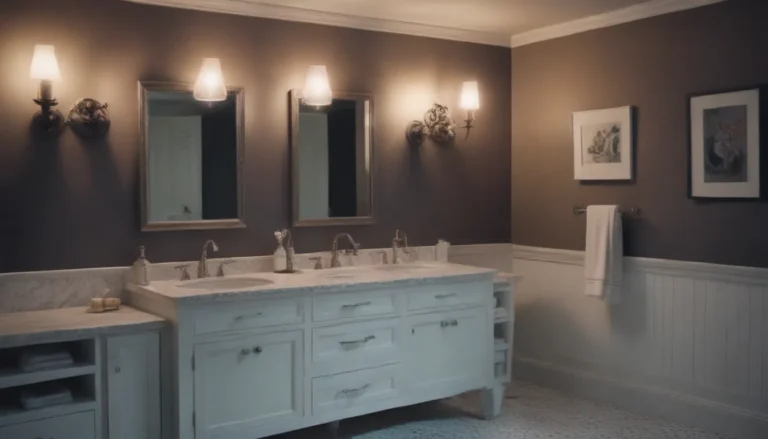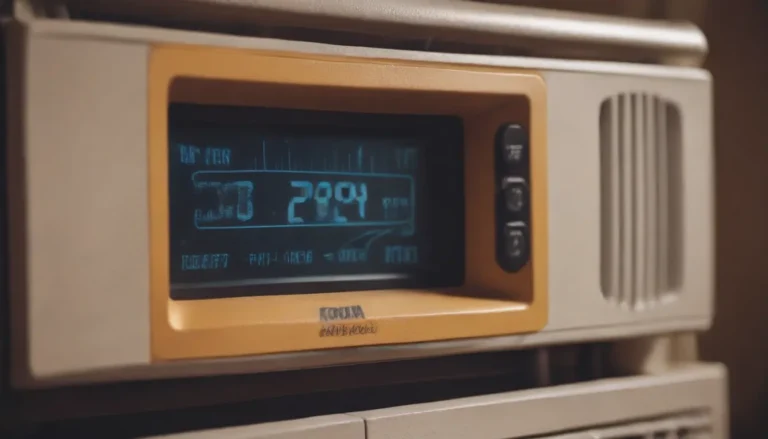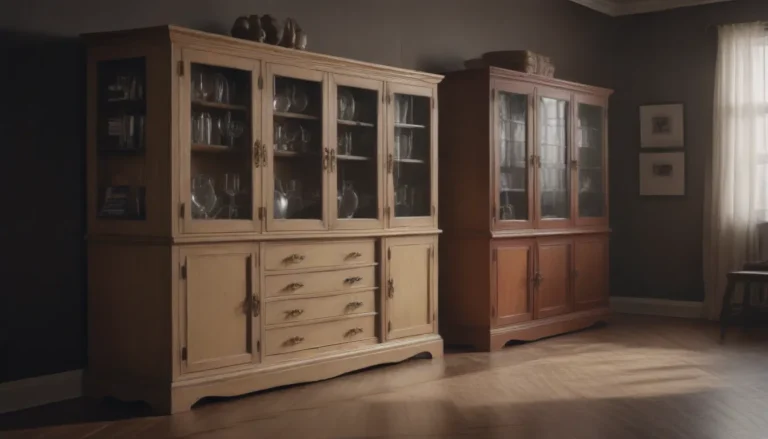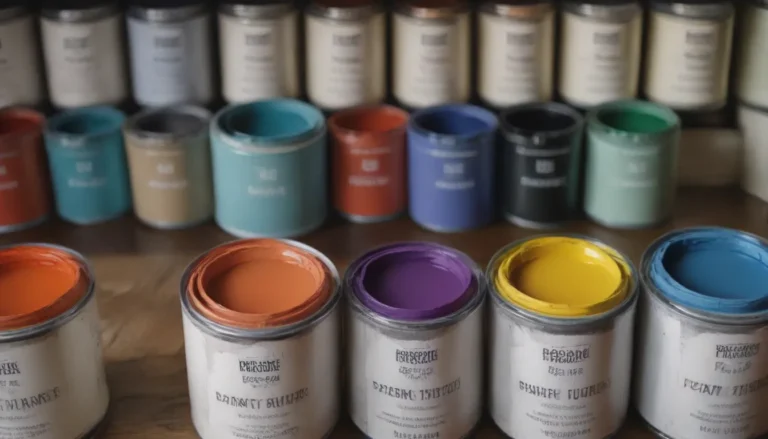Comprehensive Guide to Protecting Your Home From Freezing Temperatures

Living in a cold-winter climate can bring about unique challenges for homeowners. From freezing pipes to ice dams, the winter months can wreak havoc on your home if you’re not prepared. That’s why it’s crucial to take steps to protect your home from the freezing temperatures that come with the season. Here are 12 invaluable tips to safeguard your home and prevent potential issues during the cold winter months.
1. Guard Your Water Pipes
Water pipes are particularly vulnerable to freezing temperatures, so it’s essential to take measures to protect them. Here are some tips to keep your water pipes safe:
- Disconnect and store garden hoses before winter sets in.
- Shut off water to outdoor faucets and drain the lines.
- Insulate hose bibs and monitor indoor plumbing pipes that run through exterior walls.
- Ensure wall insulation meets recommended standards.
Taking these precautions will help prevent your water pipes from freezing and potentially bursting, saving you from costly repairs and water damage in the long run.
2. Seal Holes and Cracks
Small holes and cracks in your home can serve as entry points for freezing air, leading to heat loss and potential damage. Here’s how you can seal up those gaps:
- Use foam insulation to seal holes where cable wires or phone lines enter your home.
- Apply weather stripping, spray foam insulation, or caulking to remedy cracks around doors and windows.
- Conduct an annual inspection of your home’s exterior for cracks and gaps, especially in regions with cold winters.
By sealing up these openings, you can improve your home’s energy efficiency and keep the cold air out during the winter months.
3. Add Insulation
Proper insulation is key to keeping your home warm and protecting your pipes from freezing. Here are areas where you should consider adding insulation:
- Exterior walls
- Crawl space or basement
- Attic
- Pipes
Consult your local energy utility company for a free in-home energy audit to determine the insulation needs of your home. By increasing insulation levels, you can prevent heat loss and keep your pipes from freezing.
4. Keep Water Flowing
When temperatures drop significantly, it’s important to keep water flowing through your pipes to prevent freezing. Here’s what you can do:
- Set faucets on exterior walls to a slow drip during freezing temperatures.
- Open both hot and cold lines slightly to prevent freezing.
- Leave cabinet doors open to allow warm air to circulate around pipes.
Taking these steps will help maintain water flow and prevent pipes from freezing in cold weather.
5. Keep the Water Shut-off Accessible
In the event of a frozen pipe burst, you’ll need to shut off the water supply quickly. Ensure easy access to the main water shut-off valve by:
- Clearing any obstacles blocking the valve.
- Checking that the shut-off valve is in good working order.
- Ensuring all household members know the location of the shut-off valve and how to use it.
Knowing how to shut off the water can prevent extensive water damage in case of a plumbing emergency.
6. Locate Your Water Meter
Invest in a meter key or keep an adjustable wrench handy to shut off the water at the meter if needed. Practice turning the water on and off to familiarize yourself with the process. Additionally, keep your city’s water department’s emergency number handy in case of any issues.
7. Keep Garage Doors Closed
If your garage is attached to your home, minimize the time your garage door is open to prevent cold air from entering. This will not only keep your home warmer but also protect plumbing fixtures in the garage and shared walls.
8. Clean Gutters
Clogged gutters can lead to ice dams on your roof, causing potential damage. Clean out your gutters before winter arrives to prevent ice buildup. Consider installing gutter screens or helmets to prevent leaves from clogging gutters.
9. Check Attic Ventilation
Proper attic ventilation is essential for preventing ice dams on your roof. Inspect your attic to ensure there’s no insulation blocking soffits or attic vents. Adequate airflow in the attic will help prevent snow melting on the roof and refreezing at the edges.
10. Maintain Your Thermostat
Ensure your thermostat is running continuously by keeping spare batteries on hand. By keeping your home at a consistent temperature, you can prevent pipes from freezing and minimize the risk of damage.
11. Prepare for Vacation
If you plan to leave your home during the winter months, take precautions to prevent freezing pipes and plumbing failures while you’re away. Consider shutting off the water to your house and draining your plumbing system. You can also invest in freeze alarms that can monitor your home’s temperature and alert you to any issues.
12. Keep Your Appliances Up to Date
Old appliances can be inefficient and costly to operate, especially during the winter months. Keep your appliances, such as furnaces and space heaters, up to date to improve energy efficiency. Remember to clean filters regularly to maximize energy efficiency and keep your home warm.
In conclusion, protecting your home from freezing temperatures requires foresight and preparation. By following these 12 tips, you can safeguard your home from potential damage during the cold winter months. Remember, a little effort now can save you from costly repairs and headaches down the road. Stay warm and keep your home safe this winter!

